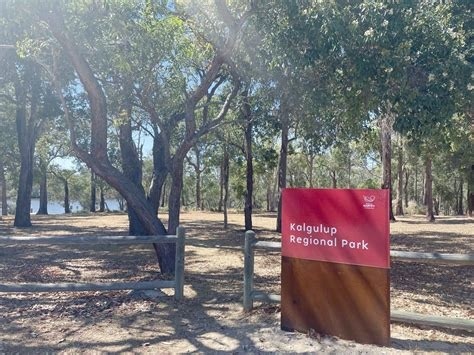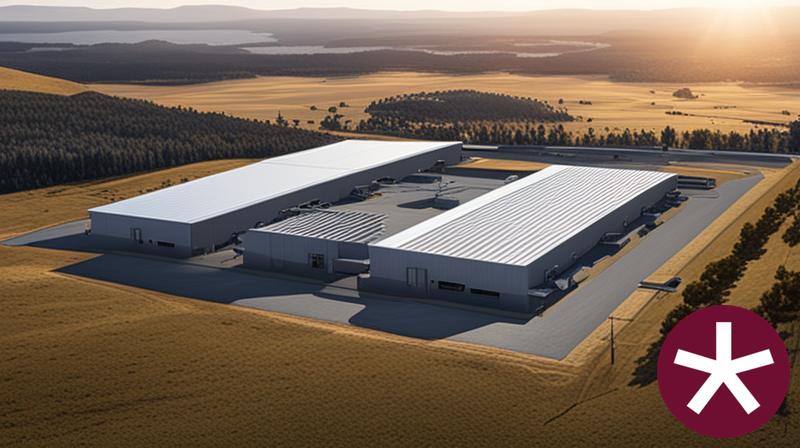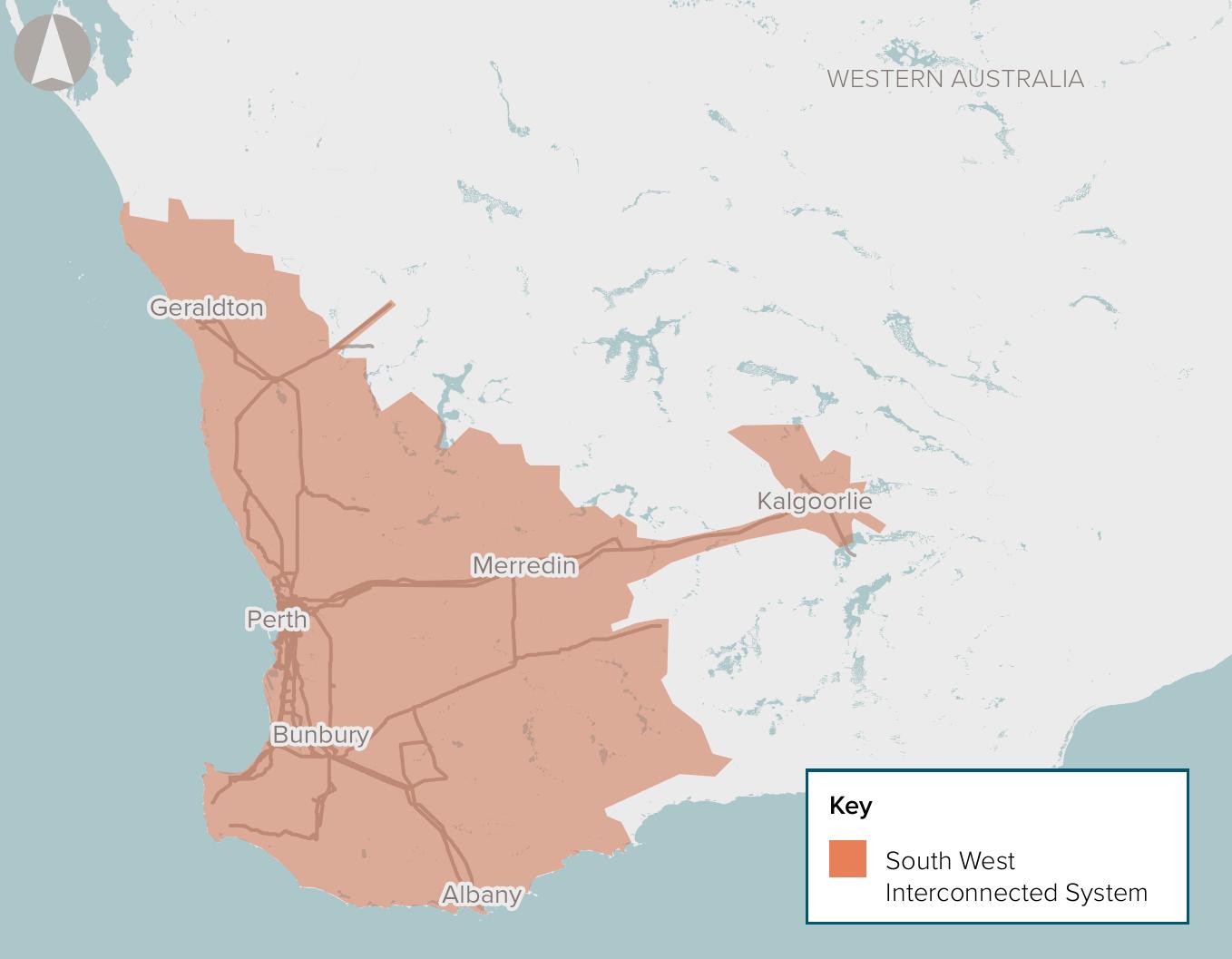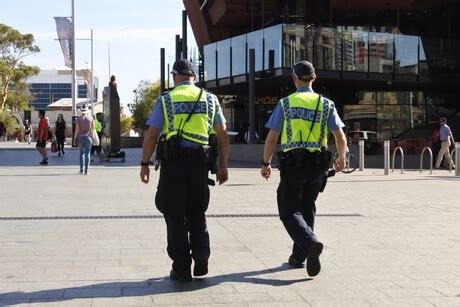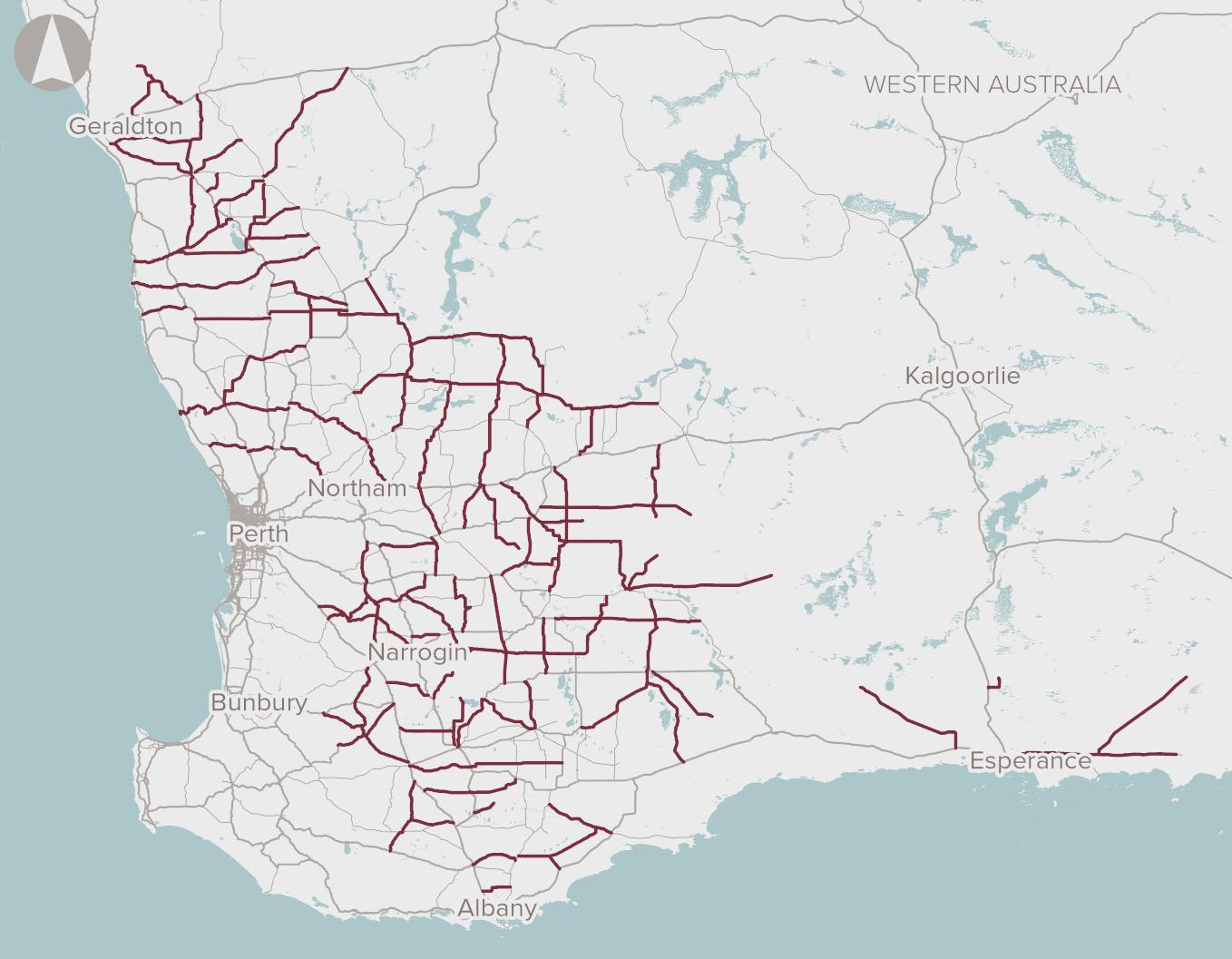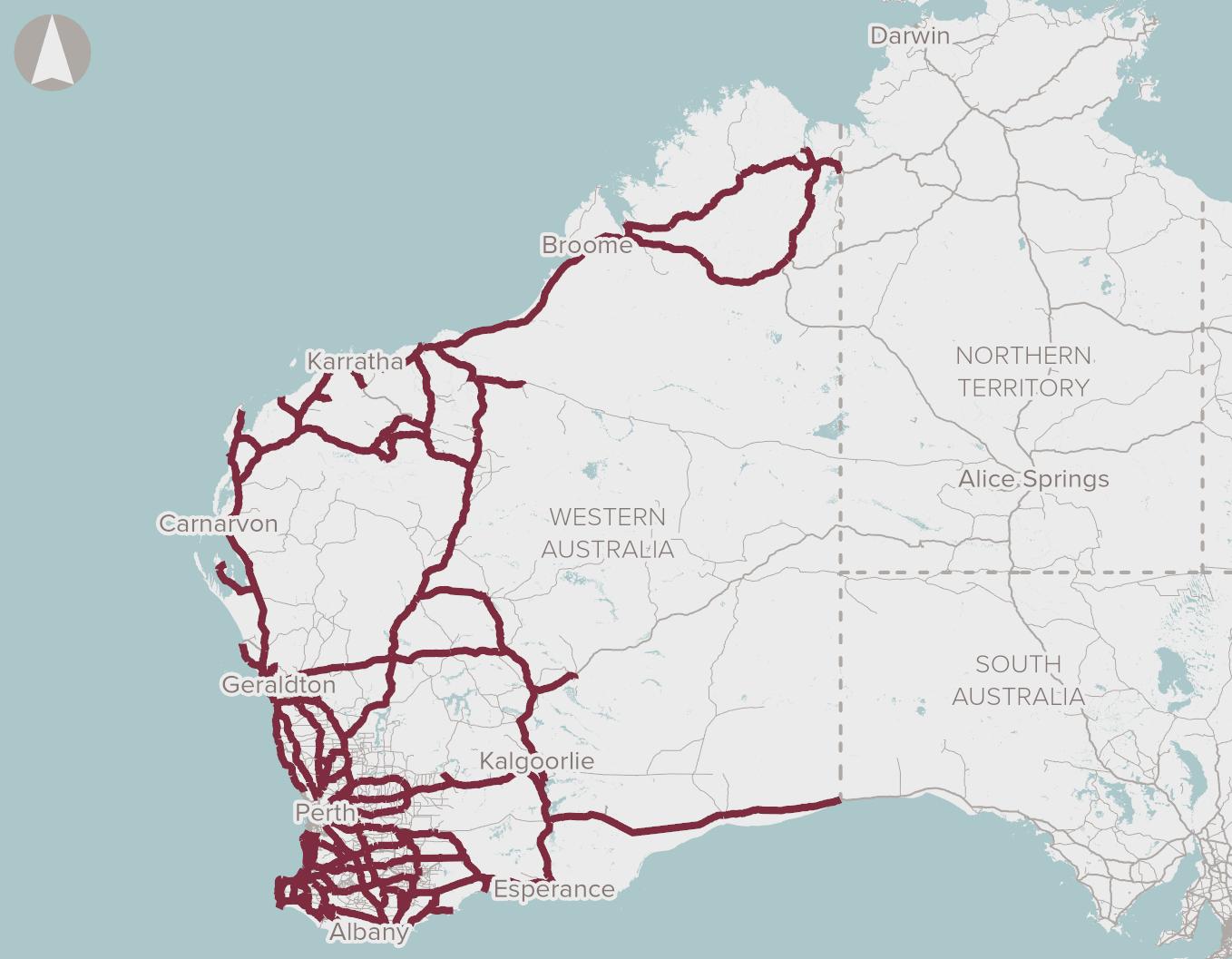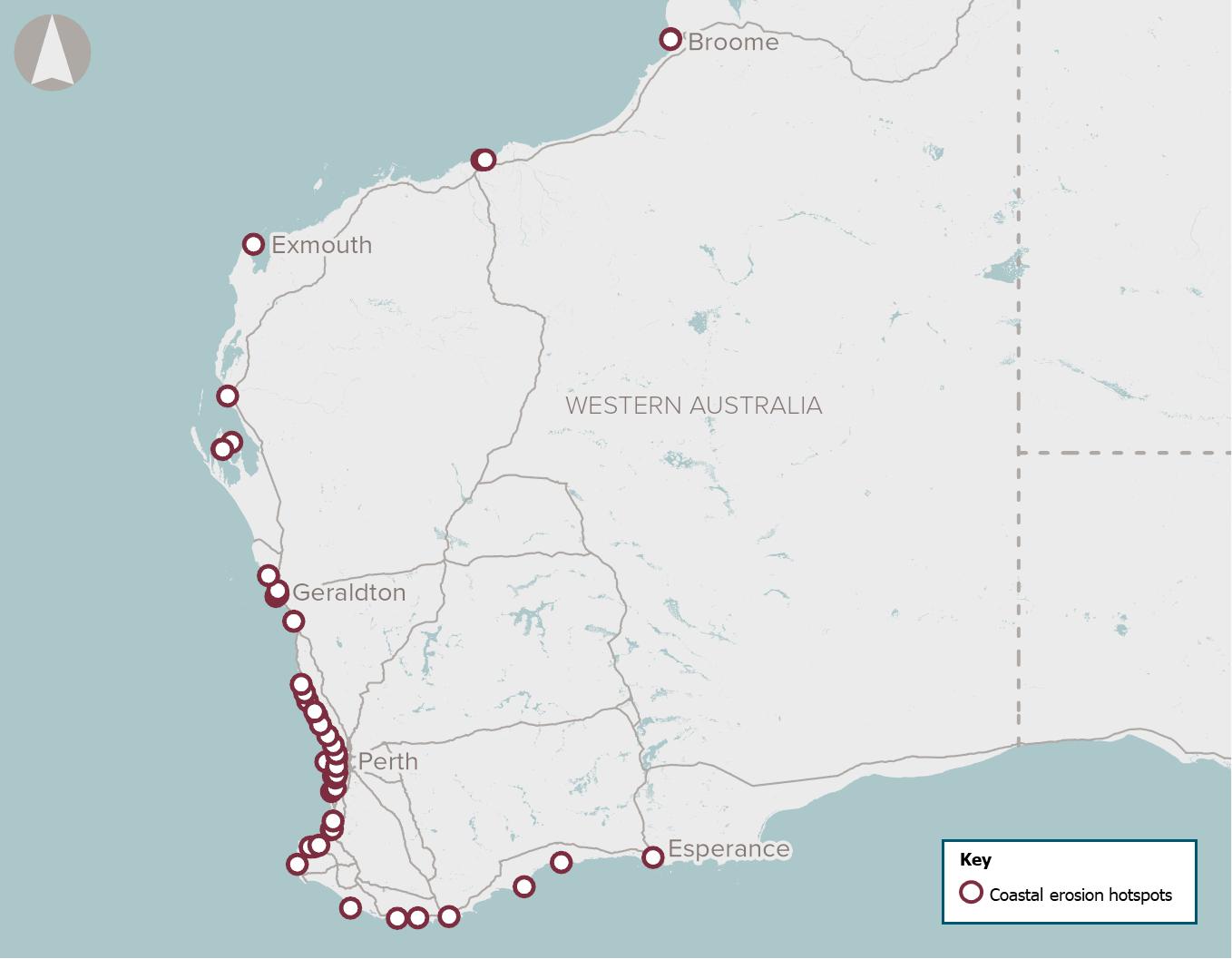Chart Color Schemes
est. as @ -- *
ABS ERP | -- people | --
2021 Census | -- people
Sales Activity
Curious about local property values? Filter the chart to assess the volume and appreciation (including resales) trends and regional comparisons, or scroll to the map below view this information at an individual property level.
Find a Recent Sale
Sales Detail
Population
Population growth drivers in Donnybrook - Balingup are strong compared to national averages based on AreaSearch's ranking of recent, and medium to long-term trends
As of August 2025, Donnybrook-Balingup's population is approximately 6,665 people. This represents an increase of 510 individuals since the 2021 Census, which reported a population of 6,155. The growth is inferred from the estimated resident population of 6,584 in June 2024 and an additional 88 validated new addresses since the Census date. This results in a population density ratio of 4.3 persons per square kilometer. Donnybrook-Balingup's 8.3% growth since the 2021 census exceeds the SA3 area's 8.0%, indicating it as a growth leader in the region. Interstate migration contributed approximately 53.0% of overall population gains during recent periods.
AreaSearch uses ABS/Geoscience Australia projections for each SA2 area, released in 2024 with a base year of 2022. For areas not covered by this data and post-2032 growth estimations, AreaSearch utilises the growth rates by age cohort provided by the ABS in its latest Greater Capital Region projections (released in 2023, based on 2022 data). Based on demographic trends, an above median population growth is projected for Australia's non-metropolitan areas. By 2041, Donnybrook-Balingup is expected to expand by 1,079 persons, recording a total gain of 15.0% over the 17 years.
Frequently Asked Questions - Population
Development
AreaSearch assessment of residential approval activity sees Donnybrook - Balingup among the top 30% of areas assessed nationwide
Donnybrook-Balingup has seen approximately 38 new homes approved annually. Development approval data is provided by the ABS on a financial year basis, totalling 190 approvals from FY20 to FY25 and with 6 approvals so far in FY26. Each dwelling built over the past five financial years (FY20-FY25) has attracted an average of 2.1 new residents per year, indicating strong demand that supports property values. New homes are being constructed at an average cost of $377,000, aligning with broader regional development trends.
This financial year, $9.0 million in commercial development approvals have been recorded, reflecting the area's predominantly residential nature. Compared to the Rest of WA, Donnybrook-Balingup has a somewhat elevated construction rate (14.0% above the regional average per person over the 5-year period), offering good buyer choice while supporting existing property values. Recent construction comprises 93.0% detached houses and 7.0% medium to high-density housing, preserving the area's low-density nature with a focus on detached housing attracting space-seeking buyers.
The area reflects developing status with around 166 people per approval. Population forecasts indicate Donnybrook-Balingup will gain approximately 998 residents by 2041. Current development appears well-matched to future needs, supporting steady market conditions without extreme price pressure.
Frequently Asked Questions - Development
Infrastructure
Donnybrook - Balingup has limited levels of nearby infrastructure activity, ranking in the 13thth percentile nationally
Changes in local infrastructure significantly impact an area's performance. AreaSearch has identified eight projects expected to influence the region. Notable initiatives include the Collie to Mumballup Road Upgrade, Global Advanced Metals' Tantalum Processing project, Kalgulup Regional Park development from Preston River to Ocean, and Greenbushes Lithium Mine Expansion. The following list details those most likely to be relevant.
Professional plan users can use the search below to filter and access additional projects.
INFRASTRUCTURE SEARCH
Frequently Asked Questions - Infrastructure
Bunbury Regional Hospital Redevelopment
A $471.5 million redevelopment to transform Bunbury Regional Hospital into one of the most modern facilities in regional Australia, ensuring South West residents have access to contemporary healthcare. The project includes an expanded emergency department, increased operating theatre capacity, additional medical and intensive care beds, new and expanded maternity, birthing, and neonatal services, a dedicated mental health observation area, expanded mental health inpatient facilities, and WAs first regional training, education, and research centre.
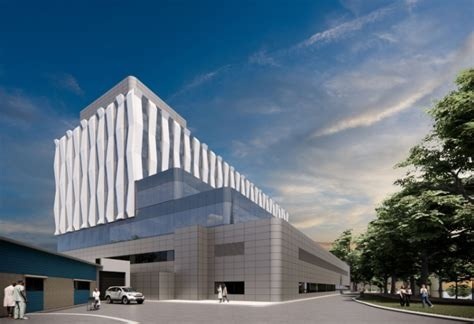
Greenbushes Lithium Mine Expansion
Expansion of the existing lithium mine to substantially increase production capacity of spodumene ore and lithium mineral concentrate. The proposal includes construction of new waste rock landforms (S2 and S8 WRL), expansion of existing dams to create the larger Salt Water Gully Dam (SWG Dam), a highway crossing (overpass or underpass), and additional supporting infrastructure. The proposal will increase the development envelope by 28% to 2,826 hectares and requires state and federal environmental approvals.
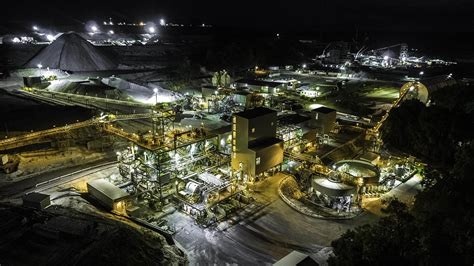
Wilman Wadandi Highway
The Wilman Wadandi Highway (formerly known as the Bunbury Outer Ring Road) is a 27-kilometre four-lane dual carriageway that bypasses Bunbury, connecting Forrest Highway in the north-east to Bussell Highway near Dalyellup in the south-west. Officially opened on December 16, 2024, this $1.46 billion project is the largest road infrastructure project ever undertaken in Western Australia's South-West. It features interchanges, bridges, improved access to Bunbury Port and industrial areas, and ongoing finishing works including permanent signage, artwork on noise walls, and completion of shared pedestrian and cycle paths. The highway reduces travel times by 11-18 minutes, diverts 15,000 vehicles daily from local Bunbury roads, and enhances connectivity and freight efficiency for the South West region.
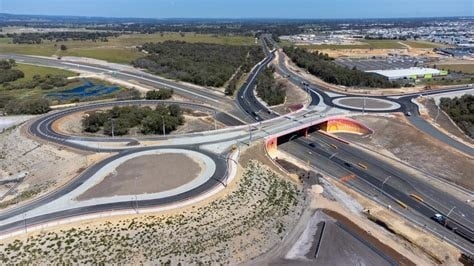
Busselton Margaret River Airport
City of Busselton completed the major airside and landside upgrade in 2019 (~$68m) and is now progressing the next phase guided by the Busselton Margaret River Airport Master Plan (2024). The airport currently supports FIFO services and regular passenger flights to Melbourne and Sydney and is planning additional works in 2025/26 (e.g., security screening upgrades, new public car park, septic upgrade, GSE storage, mobile passenger ramp, drainage clearance). A larger terminal upgrade has been discussed with indicative value around $65m (subject to funding/business case).
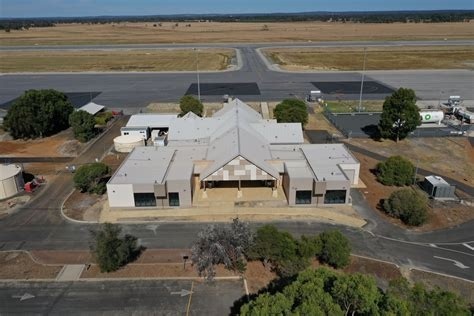
WA Regional Digital Connectivity Program (WARDCP)
Statewide co-investment program delivering new and upgraded mobile, fixed wireless and broadband infrastructure to improve reliability, coverage and performance for regional and remote Western Australia. Current workstreams include the Regional Telecommunications Project, State Agriculture Telecommunications Infrastructure Fund, and the WA Regional Digital Connectivity Program (WARDCP).
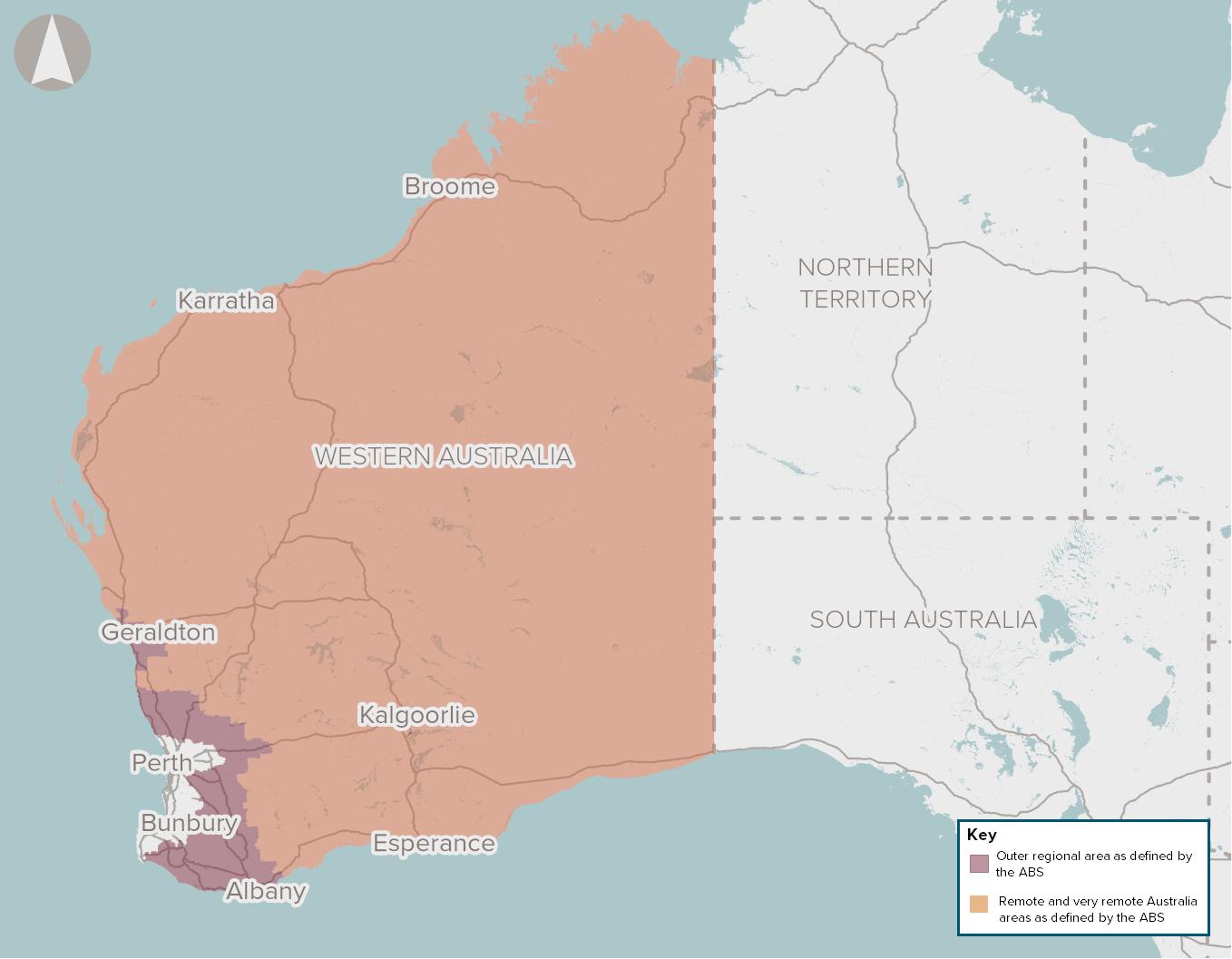
Lake Kepwari Tourism Hub
Transformation of a former open-cut coalmine into a water-based tourism hub featuring facilities for boating, waterskiing, swimming, camping, and picnicking. Includes campgrounds, picnic areas, and accessible pathways.
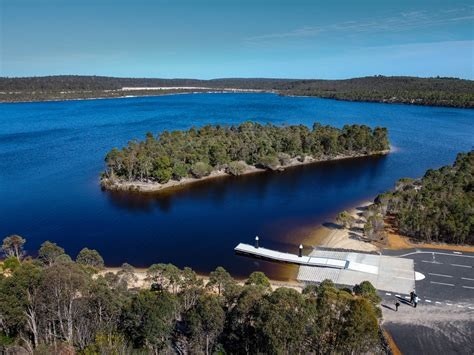
Collie to Mumballup Road Upgrade
Upgrades to the section of road from Greer Road to Donnybrook-Boyup Brook Road are being undertaken in stages to improve safety and provide smoother journeys. Stage 2 between Vernon Road and Glen Mervyn Dam has been completed, and planning is now focusing on Stage 3 between Glen Mervyn Dam and Donnybrook Boyup Brook Road, with construction subject to funding.
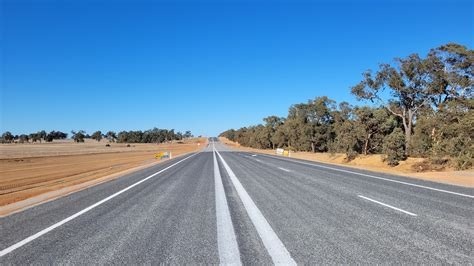
Global Advanced Metals Tantalum Processing
Global Advanced Metals (GAM) operates one of the world's largest hard rock tantalum resources at its Greenbushes operations. Tantalum is produced as a co-product of lithium mining and is processed on-site. The facility is a key global supplier of conflict-free tantalum products for electronics and other high-tech applications.

Employment
Employment conditions in Donnybrook - Balingup demonstrate strong performance, ranking among the top 35% of areas assessed nationally
Donnybrook-Balingup has a skilled workforce with strong manufacturing and industrial sectors. The unemployment rate was 2.8% in the past year, with an estimated employment growth of 6.2%.
As of June 2025, there were 3417 residents employed, with an unemployment rate of 2.4%, which is 0.4% lower than Rest of WA's rate of 3.2%. The workforce participation rate was 56.3%, compared to Rest of WA's 59.4%. Leading employment industries among residents were agriculture, forestry & fishing, health care & social assistance, and mining. Employment in agriculture, forestry & fishing was at 1.5 times the regional average, while accommodation & food had limited presence with 5.4% employment compared to 7.1% regionally.
The area appears to offer limited local employment opportunities, as indicated by the count of Census working population vs resident population. Between June 2024 and July 2025, employment increased by 6.2%, labour force grew by 5.5%, leading to a decrease in unemployment rate by 0.7 percentage points. In contrast, Rest of WA saw employment rise by 1.1%, labour force grow by 0.5%, and unemployment fall by 0.6 percentage points. Jobs and Skills Australia's national employment forecasts from May 2025 suggest that Donnybrook-Balingup's local employment growth could be approximately 5.3% over five years and 11.8% over ten years, based on a simple weighting extrapolation of industry-specific projections against the local employment mix.
Frequently Asked Questions - Employment
Income
Income levels sit below national averages according to AreaSearch assessment
Income data from AreaSearch for financial year 2022 shows median income in Donnybrook - Balingup at $47,446 and average income at $61,440. This is below the national averages of $57,323 (median) and $71,163 (average) for Rest of WA. By March 2025, adjusted for Wage Price Index growth of 11.61%, estimated median income would be approximately $52,954 and average income $68,573. Census data from 2021 indicates that incomes in Donnybrook - Balingup fall between the 21st and 23rd percentiles nationally for households, families, and individuals. Income brackets show that 27.0% of the population (1,799 individuals) earn within the $1,500 - $2,999 range, similar to surrounding regions at 31.1%. After housing expenses, 86.0% of income remains, ranking at the 26th percentile nationally. The area's SEIFA income ranking places it in the 4th decile.
Frequently Asked Questions - Income
Housing
Donnybrook - Balingup is characterized by a predominantly suburban housing profile, with ownership patterns similar to the broader region
In Donnybrook-Balingup, as per the latest Census evaluation, 96.9% of dwellings were houses with the remaining 3.0% comprising semi-detached homes, apartments, and other dwelling types. This is compared to Non-Metro WA's 95.2% houses and 4.8% other dwellings. Home ownership in Donnybrook-Balingup stood at 45.1%, mirroring Non-Metro WA's rate, with mortgaged properties at 39.2% and rented dwellings at 15.7%. The median monthly mortgage repayment was $1,562, surpassing Non-Metro WA's average of $1,387. Weekly rent in Donnybrook-Balingup averaged $290, higher than Non-Metro WA's $250. Nationally, mortgage repayments were lower at $1,863 and rents were substantially below the national figure of $375.
Frequently Asked Questions - Housing
Household Composition
Donnybrook - Balingup has a typical household mix, with a higher-than-average median household size
Family households account for 73.4% of all households, consisting of 25.9% couples with children, 38.6% couples without children, and 7.9% single parent families. Non-family households constitute the remaining 26.6%, with lone person households at 24.5% and group households comprising 2.1%. The median household size is 2.4 people, which is larger than the Rest of WA average of 2.3.
Frequently Asked Questions - Households
Local Schools & Education
Educational outcomes in Donnybrook - Balingup fall within the lower quartile nationally, indicating opportunities for improvement in qualification attainment
The area's university qualification rate is 17.4%, significantly lower than Australia's average of 30.4%. Bachelor degrees are the most prevalent at 12.5%, followed by postgraduate qualifications (2.6%) and graduate diplomas (2.3%). Vocational credentials are prominent, with 41.4% of residents aged 15+ holding such qualifications - advanced diplomas (10.9%) and certificates (30.5%). A total of 24.2% of the population is actively pursuing formal education, including 10.3% in primary, 7.6% in secondary, and 1.4% in tertiary education.
Donnybrook-Balingup's five schools have a combined enrollment of 662 students. The area has typical Australian school conditions (ICSEA: 986) with balanced educational opportunities, consisting of four primary and one K-12 school. School places per 100 residents are lower than the regional average at 10.0, suggesting some students may attend schools in nearby areas.
Frequently Asked Questions - Education
Schools Detail
Nearby Services & Amenities
Transport
Transport servicing is very low compared to other areas nationally based on assessment of service frequency, route connectivity and accessibility
The analysis shows eight active public transport stops in the Donnybrook-Balingup area. These stops serve a mix of bus routes, with four individual routes operating collectively to provide 30 weekly passenger trips. Transport accessibility is rated as limited, with residents typically located 1903 meters from the nearest stop.
Service frequency averages four trips per day across all routes, equating to approximately three weekly trips per stop.
Frequently Asked Questions - Transport
Transport Stops Detail
Health
Health performance in Donnybrook - Balingup is lower than average with common health conditions somewhat prevalent across both younger and older age cohorts
Donnybrook-Balingup faces significant health challenges with common health conditions prevalent across both younger and older age cohorts.
Approximately 51% of its total population (~3,372 people) has private health cover, which is relatively low compared to other areas. The most common medical conditions are arthritis and mental health issues, affecting 10.5 and 8.3% of residents respectively. However, 66.1% of residents declare themselves completely clear of medical ailments, slightly higher than the Rest of WA's 65.4%. The area has a high proportion of seniors, with 22.9% of its population aged 65 and over (1,524 people). Health outcomes among seniors are particularly strong, performing better than the general population in health metrics.
Frequently Asked Questions - Health
Cultural Diversity
Donnybrook - Balingup ranks below the Australian average when compared to other local markets across a number of language and cultural background related metrics
Donnybrook-Balingup was found to have a below average level of cultural diversity, with 80.2% of its population being born in Australia, 88.3% being citizens, and 94.9% speaking English only at home. The dominant religion in Donnybrook-Balingup is Christianity, comprising 44.3% of the population. Notably, Judaism is overrepresented compared to the rest of WA, with 0.1% of the population identifying as Jewish.
In terms of ancestry, the top three groups are English (35.7%), Australian (28.6%), and Scottish (8.3%). There are also notable divergences in the representation of Dutch (1.7% vs regional 1.6%), Italian (4.9% vs 4.3%), and New Zealand (0.8% vs 0.8%) ethnic groups.
Frequently Asked Questions - Diversity
Age
Donnybrook - Balingup hosts an older demographic, ranking in the top quartile nationwide
Donnybrook-Balingup's median age is 48 years, which is notably higher than Rest of WA's median age of 40 and considerably older than the national norm of 38 years. The 65-74 cohort is over-represented in Donnybrook-Balingup at 14.6%, compared to the Rest of WA average, while the 15-24 year-olds are under-represented at 8.3%. This concentration of the 65-74 age group is well above the national average of 9.4%. Between 2021 and the present, younger residents have shifted the median age down by 1 year to 48 years. During this period, the 25 to 34 age group has grown from 8.1% to 10.7%, and the 35 to 44 cohort increased from 11.1% to 12.3%. Conversely, the 45 to 54 cohort has declined from 13.7% to 11.8%, and the 65 to 74 group dropped from 15.9% to 14.6%. Population forecasts for Donnybrook-Balingup in 2041 indicate significant demographic changes. The 25 to 34 cohort is projected to grow by 50%, adding 354 residents to reach a total of 1,066. In contrast, population declines are projected for the 75 to 84 and 65 to 74 cohorts.
